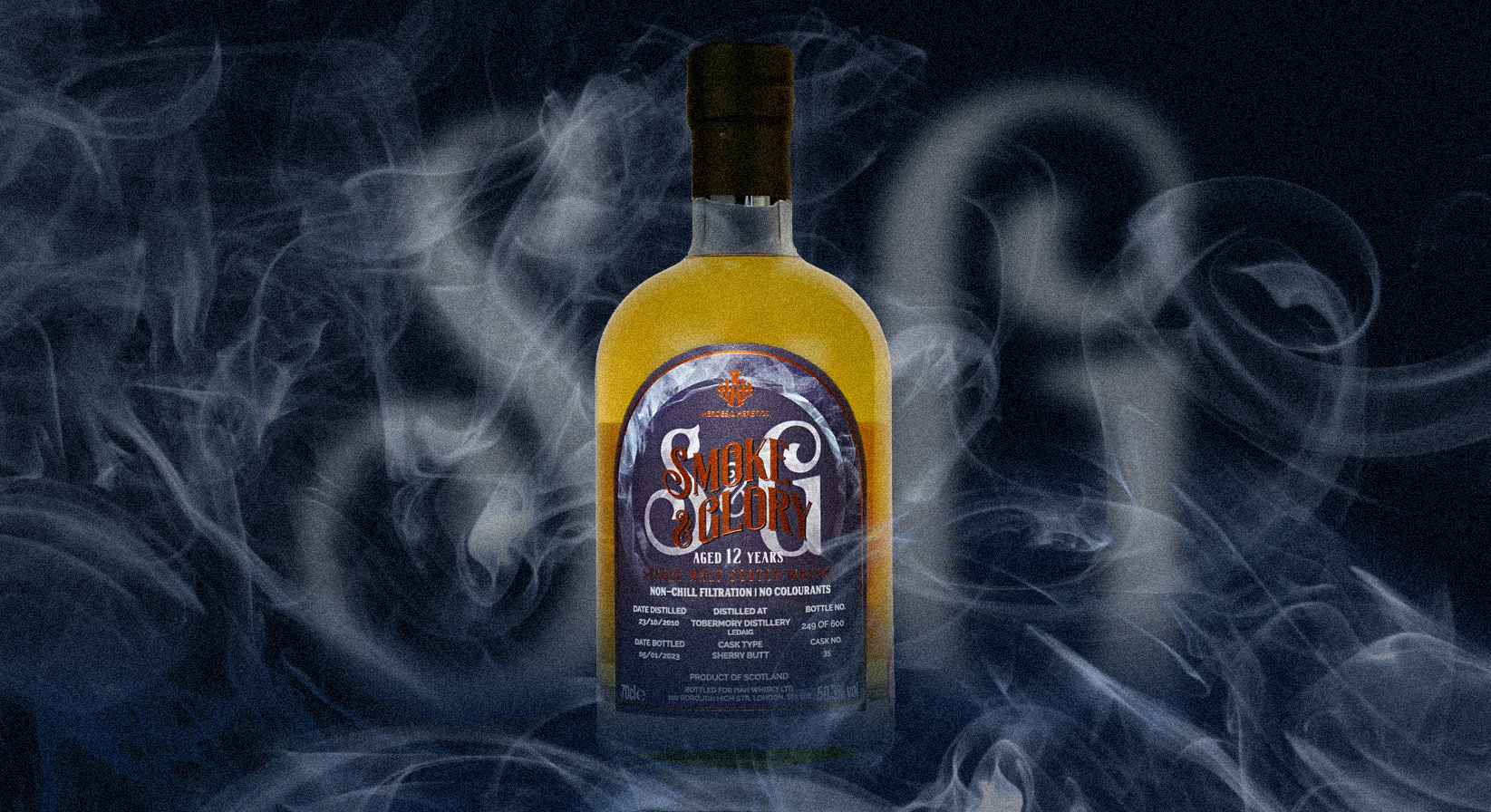It occurred to me not too long ago that I knew almost nothing about whisky. By that I mean I had no innate knowledge of what to look for when I wanted to buy a new bottle. I had recommendations from friends, influenced by their own particular palettes and snobbish views about which whisky was silky perfection and which whisky was petrol in a bottle. My understanding of the terminology one will so often see daubed onto the back of a bottle was haphazard and incomplete, and I was incapable of translating the nose and taste I had enjoyed in other bottles into the correct lexicon (not ideal for someone who claims to be a writer).
I hope that this article may go some way to clearing the fog surrounding whisky, specifically of the Scottish variety, and allow others like myself to purchase with more confidence, either as a gift or for themselves.

Generally (and you will struggle to find a more generalist article on whisky than this) a single malt whisky can be considered to be better quality than other types. Made from malted barley by one distillery, a nice example would be The Disciples: 1st Edition; a 12 year old Craigellachie. This is particularly special as it is single cask, which means it was not mixed with whisky from other casks, and it was aged in sherry butts, which adds a sweetness to the flavour. Under the ancient laws of whisky, anything not made from malted barley becomes ‘grain’. Usually, and often unfairly, seen as second class to malt, it is made from grain or wheat.
Of both malt and grain there are single and blended varieties; all this means is that it will be a blend of whisky from two or more distilleries. There is also blended without the word grain or malt. A small amount of malt whisky will be added to an easier-to-mass-produce grain whisky, raising the quality. This is the most common type of whisky encountered and the backbone of the industry, with an estimated 90% of the bottles sold around the world falling into this category, and includes Famous Grouse and Johnny Walker Red Label.

An aged whisky will be better than a young one in most cases, and for this reason it will probably be one of the first things you notice on a bottle. Like a freshly minted adult proudly walking towards the pub bar holding out their I.D. at arm’s length, the ‘age statement’ will be proudly marked on the front of the bottle, and can be used as a vague indicator of quality. One thing to remember is that unlike a wine, whisky does not age in the bottle, only in the cask, and therefore age statement refers to the time between distillation and bottling.
There is also a diminishing point of return on aging. For example, leaving a whisky in its cask for 60 years in unlikely to change the chemical makeup of the whisky, or indeed the quality, the sweet spot being somewhere between 10 and 20 years.

Most bottles will have some short piece on what an expert whisky sommelier could pick up on. For myself, sadly, this too is out of my drinking wheelhouse. Phrases like ‘notes of vanilla and spice’ are invariably lost on me as I try to taste anything other than the ethanol, and although I am improving I find that it is more accessible when it is written down as a feeling rather than just abstract flavours (taste) and smells (nose). A lot of the flavour will come from how it was aged, and often there will be mention of the type of cask it matured in. This is quite often a cask once used for another variety of alcohol, for example sherry casks are popular. With time and not a small amount of practice the full enjoyment of a whisky will eventually open up with an appreciation for the subtle flavours hidden among the peat and smoke.
Heroes and Heretics’ 48 is described thusly: “Get your dance on in vintage leather, travelling back in time with disco lights. Popping candy, cream soda, a summer breeze and fluffy dice.” It also has underneath the full tasting notes providing a more rounded idea of what you can expect.

In some ways buying as a gift is easier. If the recipient is a great lover of whisky then buying them a bottle of their favourite is the safest option, and if you do decide to go off-piste they will likely forgive the accidental purchase of a bottle ‘because you thought the label looked nice’.
Human beings are famously hard on themselves, and making a purchase you personally can’t get on with will likely weigh somewhat on the conscience. I would therefore leave you with three general rules that may well swing the balance between first love and last mistake.
- Do your research. Compare the notes with what you enjoyed last time if possible. Shop around and don’t be intimidated by the vast array of choices, there’s always time for another bottle in due course.
- Don’t go for a cask strength if it is your first time (that is a whiskey that has not had water added before bottling and typically sits at over 51% ABV). It will require all sorts of adding of water to enjoy and may well knock your socks off if you get it wrong.
- Have fun. Just kidding, imagine writing a list and then running out of things to say so finishing with some meaningless mantra off the back of a smoothie bottle. Rule number three is of course to look into the option of buying a tasting set as an alternative to a full bottle. These will be small in size (think aeroplane boozing) and allow you to sample a range of various different flavour profiles without wasting your money or precious whisky.
By William Prior




You must be logged in to post a comment.